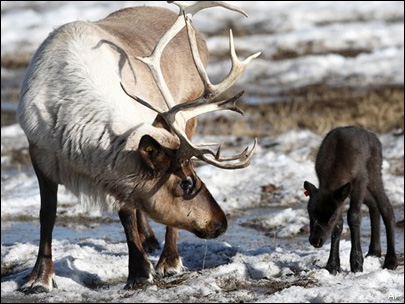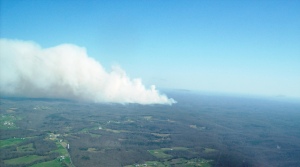OF THE
TIMES


In February, Arctic sea ice extent continued to track below the average, and near the levels observed for February 2007.But March brought good news for the Polar Bears, and bad news for the Catlin Expedition and any others looking for bad news. Instead of ice extent declining through March like it usually does, it continued to increase through the month and is now at the high (so far) for the year.
Comment: And that report will no doubt vindicate Jones et al also.